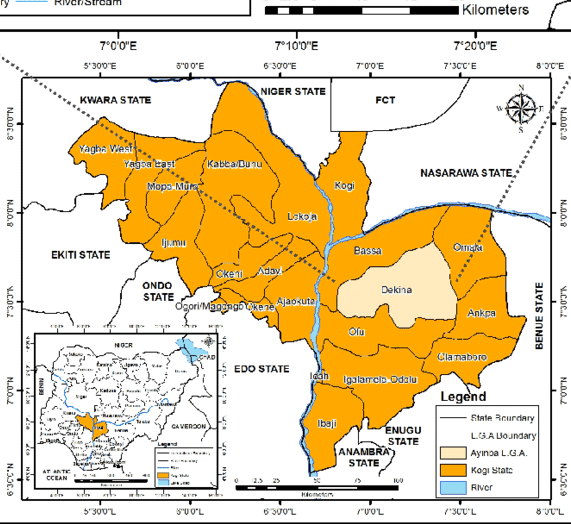CO-ADMINISTRATION OF ZINC SUPPLEMENT AND ARTESUNATE-AMODIAQUINE IN THE TREATMENT OF PLASMODIUM INFECTED MICE
Keywords:
Plasmodium, Mice, Artesunate-amodiaquine, Zinc supplementAbstract
Malaria continues to pose a serious threat to world health, particularly in areas where Plasmodium infections are common. This study examines the teffects of treating Plasmodiume-infected mice with artesunate-amodiaquine (ASAQ) and zinc supplements administered together. 35 mice were used and divided into five groups. For a thorough parasitological study, blood samples were taken one week after infection and again one week after treatment. The results induicate that they have malaria in their blood. Polymerase Chain Reaction were used to validate the infection, guaranteeing that the strain of Plasmodium berghei was accurately representeds. While t-tests and ANOVA evaluated differences between treatment groups, descriptive statistics, such as means, standard deviations, and ranges, summarized important factors. The results show that zinc and ASAQ work well together to eradicate Plasmodium infection in both male and female mice, bringing infection levels down to 0.00 ± 0.00 after therapy. On the other hand, untreated groups' infection levels significantly increased, suggesting that the infection would worsen in the absence of therapy. Although more investigation and clinical studies are required to validate safety and efficacy in human subjects, these results point to the possibility of similar treatment regimens in people. Future research should identify the best dosages, evaluate the long-term effects of treatment, and investigate the underlying mechanisms by which zinc improves ASAQ efficacy. This study offers important new information for creating malaria treatment strategies that work better.

Published
How to Cite
Issue
Section
Copyright (c) 2025 Kehinde Comfort Olubiyo, Olubiyo G.T, Usman, L, Kehinde F.O, Omowaye O.S, Bonaventure, T., Olorunnado, S.E

This work is licensed under a Creative Commons Attribution 4.0 International License.




